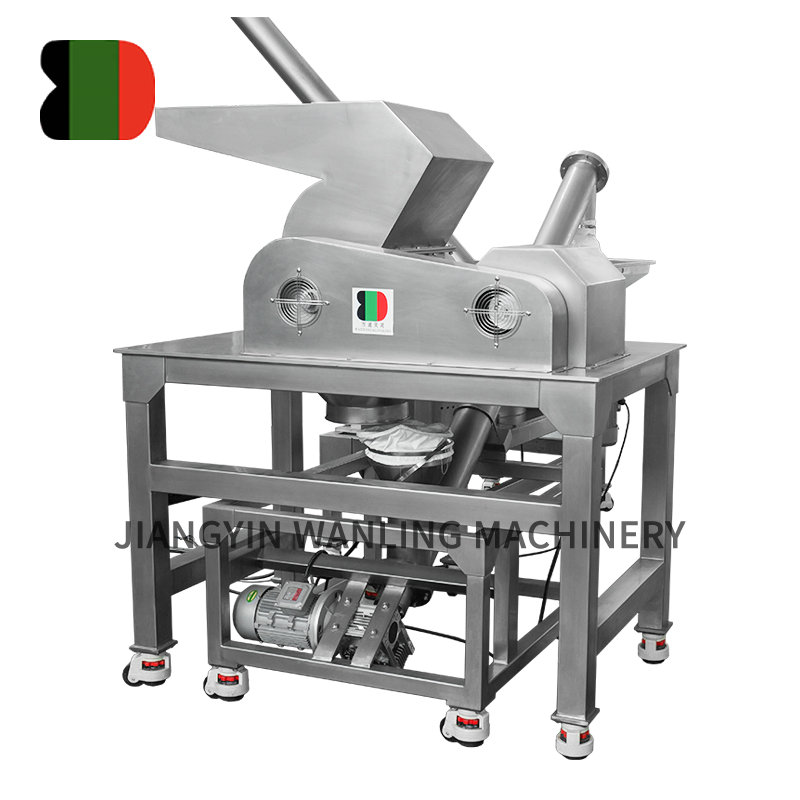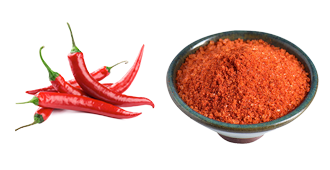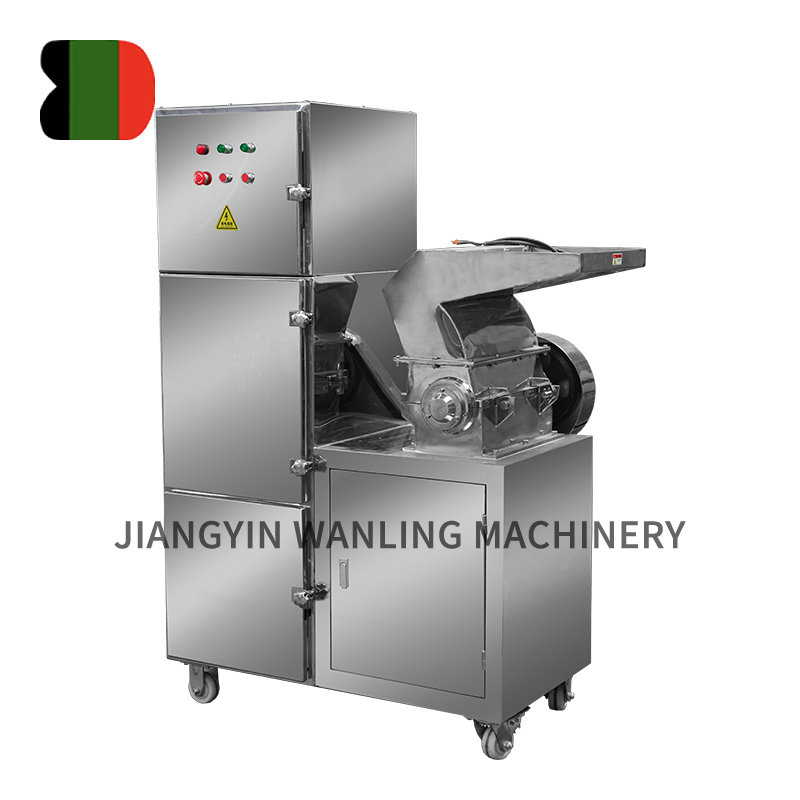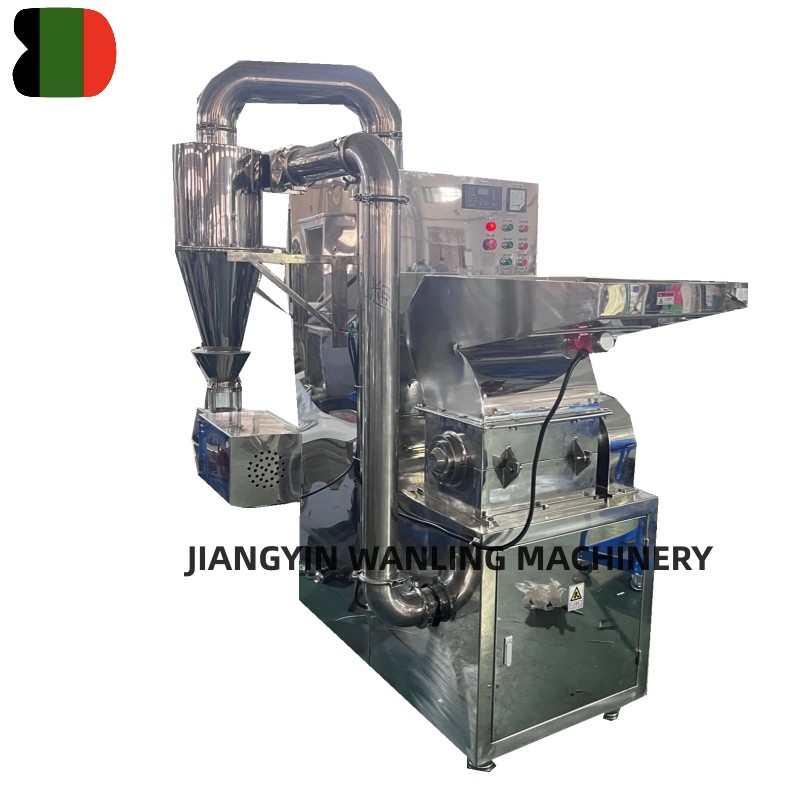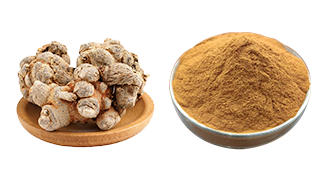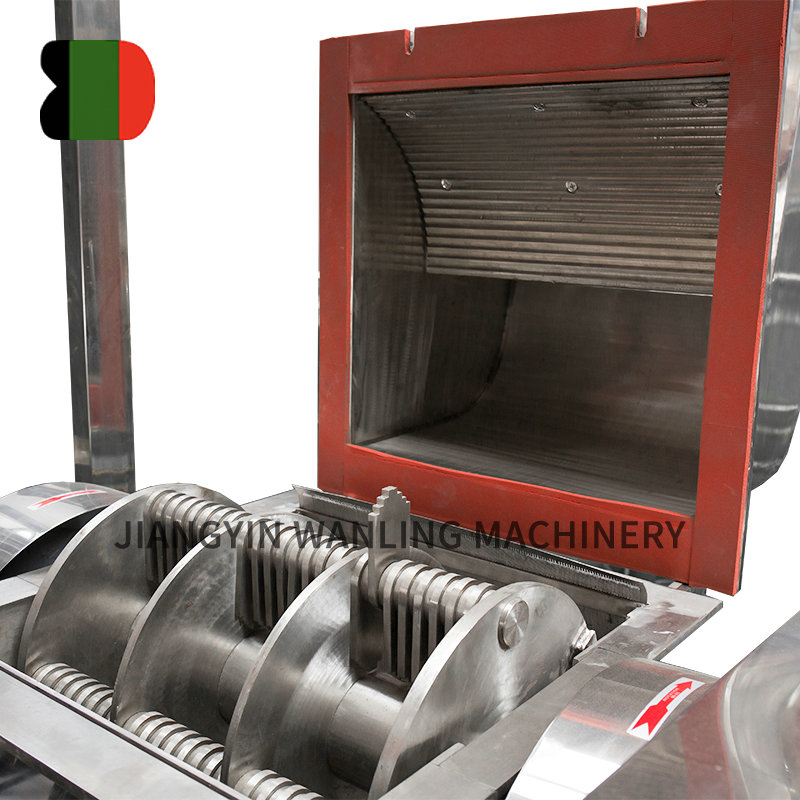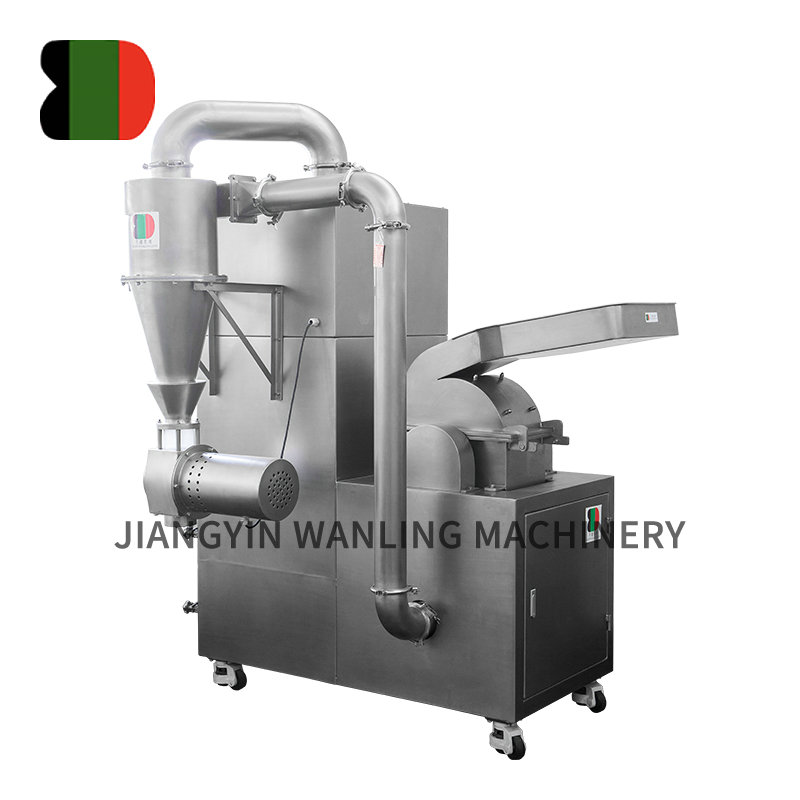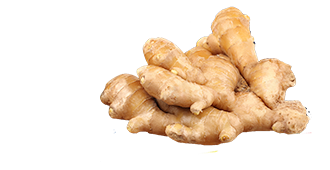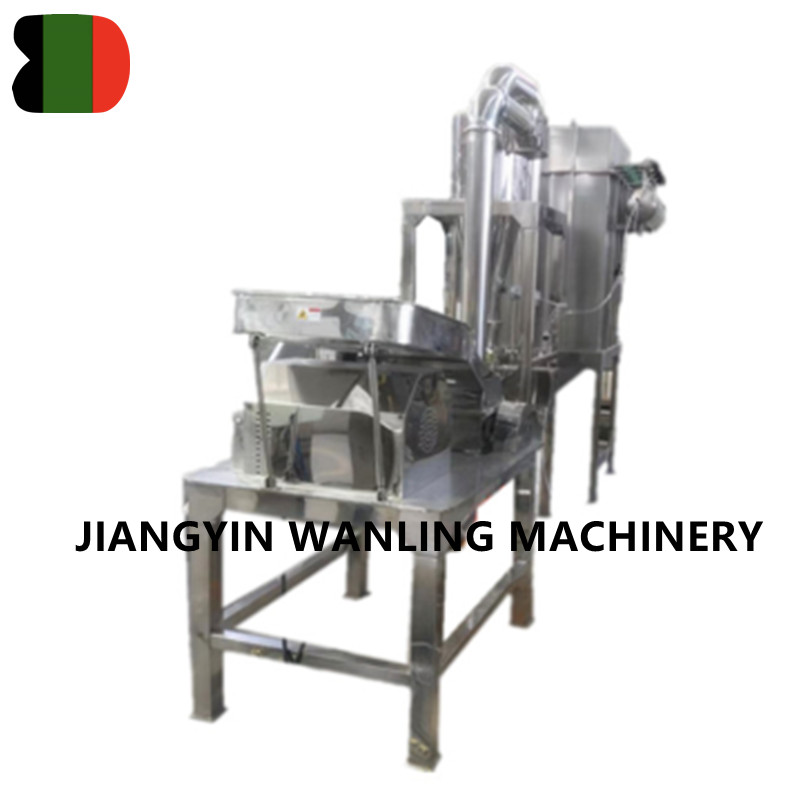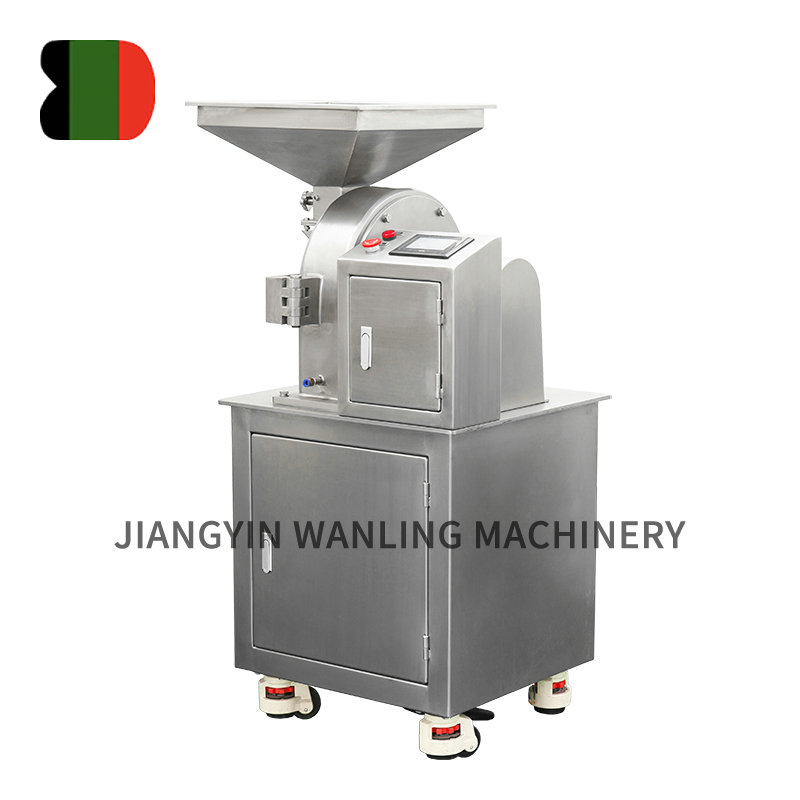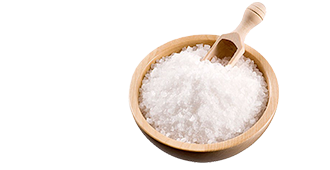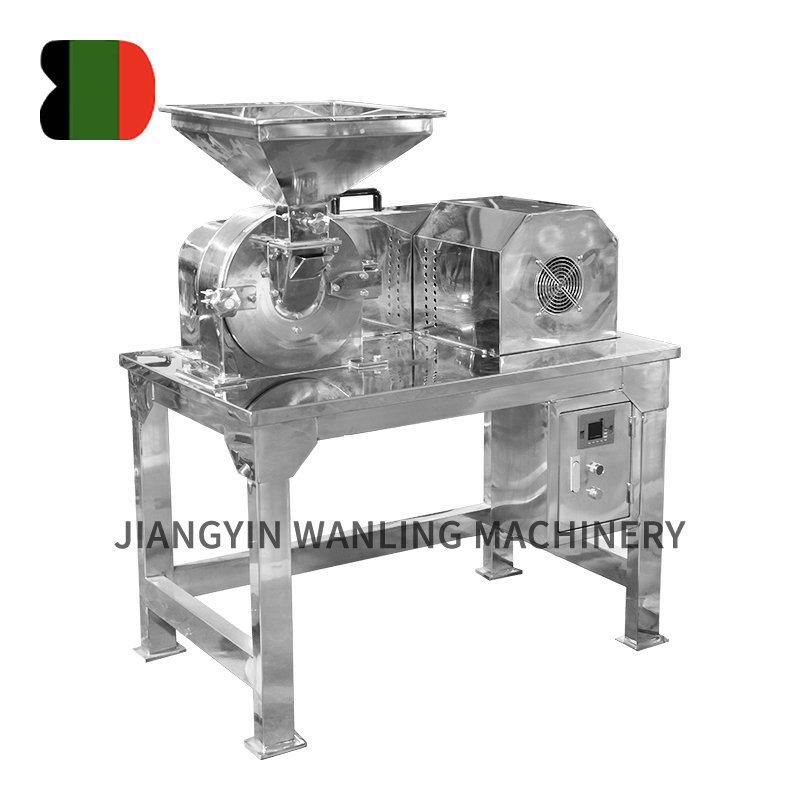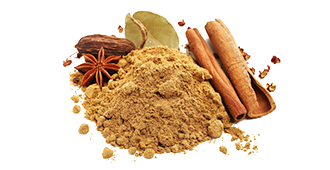The shape and rotation of the double cone blender are key factors in preventing the formation of material clumps or bridges during the mixing process. Here's how these design features help minimize such issues:
1. Continuous, Gentle Tumbling Motion
Shape: The double cone blender features two conical ends that are connected by a cylindrical middle section. This design creates a tumbling action as the blender rotates.
How It Helps: As the blender turns, the materials are lifted from one end and gently tumble over to the other end. This continuous tumbling motion ensures that the materials do not settle or compact in one spot, which would otherwise lead to the formation of clumps or bridges. The particles are kept in constant motion, helping to distribute them evenly throughout the blender.
2. Minimizing Material Compaction
Shape: The conical shape of the blender encourages the materials to flow smoothly from one end to the other without becoming compressed or compacted.
How It Helps: When materials are mixed in a horizontal blender or a ribbon blender, there is a higher risk of compaction or settling of heavier particles, especially if the material is coarse or sticky. The double cone design, with its continuous rotation and gradual movement of materials, prevents materials from becoming packed together, which reduces the risk of clumping or bridging.
3. Even Distribution of Particles
Rotation: The rotation of the blender causes the materials to move in and out of the two conical sections, where they are evenly mixed. The angle and rotation speed of the cone are optimized to ensure that the materials are moved uniformly through the blender.
How It Helps: This ensures that even the fine or delicate powders do not segregate or settle into clumps in one area of the blender. The rotating motion distributes particles evenly and prevents larger particles from blocking or creating a bridge that could stop the flow of the material.
4. Counteracting Material Segregation
Shape and Rotation: The interaction between the cone's shape and rotation ensures that even materials with different densities or sizes are gently mixed, reducing the chances of segregation.
How It Helps: Heavier or larger particles, which could otherwise form clumps or bridges, are kept in motion along with finer particles. The gentle tumbling prevents the formation of static areas where heavy particles could settle or form a bridge between the sides of the cone. The even movement ensures all particles remain in constant, smooth rotation, preventing material from accumulating in one place.

5. Avoiding Material “Clumps” in Viscous Products
Shape and Design: For materials with more viscous properties, such as sticky powders, granules, or pastes, the gentle, low-speed rotation combined with the double cone shape helps ensure that the material flows smoothly without becoming too dense.
How It Helps: The continuous motion and gentle tumbling effect reduce the risk of the material becoming too sticky or viscous, which could otherwise cause it to clump together or form bridges. The slow rotation encourages gentle mixing that helps prevent agglomeration of viscous materials into unwanted clumps.
6. Reducing Formation of Static Charge
Shape and Rotation: The tumbling action and the specific angle at which the double cone rotates help prevent static buildup, which can often cause material to clump together.
How It Helps: Static charges can lead to powders sticking together or forming clumps in parts of the blender, especially with very fine powders. The continuous motion of the blender and the smooth movement of materials prevent static charge accumulation and help avoid the formation of these clumps.
7. Prevention of Material “Bridges” in the Blender
Shape and Size: In double cone blenders, the materials continuously move through the conical sections, which prevents the creation of “bridges” between the material and the cone walls.
How It Helps: A bridge can form when materials, particularly sticky or moist powders, stick to the blender walls or form large agglomerates. The rotating action helps continuously move the material, dislodging any potential bridges before they can form.
8. Improving Flowability of Sticky or Powdered Materials
Shape: The blender’s design encourages materials to flow smoothly from one cone to the other.
How It Helps: For sticky or cohesive powders, this smooth and continuous movement ensures that any lumps or clumps that start to form are broken up and re-distributed. The blender’s design and motion keep materials in constant flow, preventing areas of the material from becoming densely packed.



 Español
Español